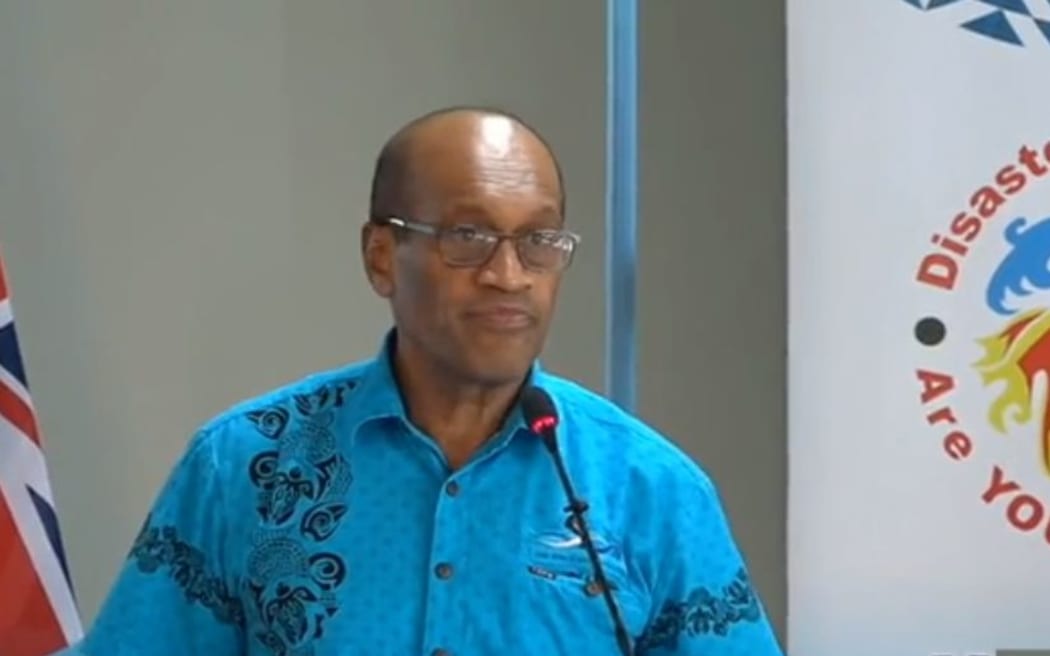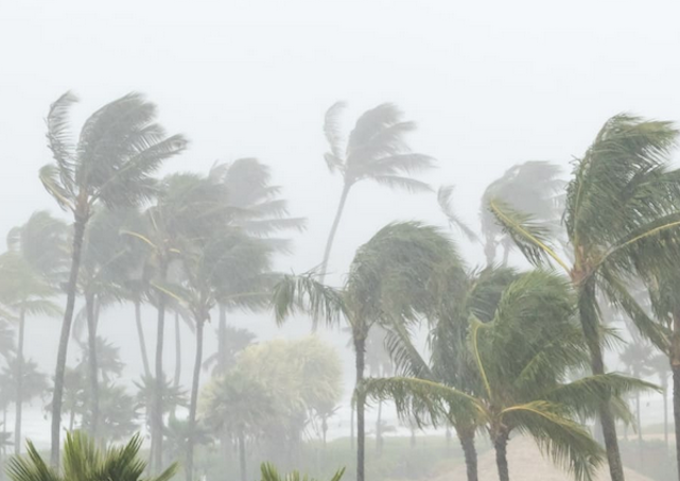Fiji’s weather office predicts that up to seven tropical cyclones may affect several Pacific countries in the coming cyclone season — and up to four of them may be severe.
In its 2022/2023 Tropical Cyclone Seasonal Outlook, the Fiji government predicted that the region would experience less than the annual average cyclone activity.
Fiji’s National Disaster and Management Minister Jone Usamate announced there would be between five and seven tropical cyclones and that three or four of them may be severe.
The minister said at least two of those cyclones were likely to pass through Fiji during the cyclone season which runs from early November to the end of April.
The Fiji Meteorological Service also serves as the Regional Specialised Meteorological Centre (RSMC) and functions as the weather watch office for the region from southern Kiribati to Tuvalu, Fiji, Vanuatu, Wallis and Futuna and New Caledonia.
It also provides forecast services for aviators in an area that includes Christmas Island (Line Islands), Tokelau, Samoa, Niue and Tonga.
“On average seven cyclones affect the RSMC Nadi region every cyclone season. Thus, our 2022-2023 cyclone season is predicted to have an average to below average number of cyclones,” Usamate said.
“On average, three severe tropical cyclones affect the RSMC Nadi region every season, therefore the 2022-2023 tropical cyclone season is predicted to have an average to below average number of severe cyclones. For severe cyclones which are category three or above, we anticipate one to four severe tropical cyclones this season.”
Early warning
However, the minister sounded an early warning for extensive flooding which is typical of La Niña which may continue to affect the region to the end of 2022.
The RSMC outlook said: “This season’s TC (tropical cyclone) outlook is greatly driven by the return of a third consecutive La Niña event, which is quite exceptional and the event is likely to persist until the end of 2022.”
Additionally, the RSMC warns countries in its area of responsibility of the possibility of out-of-season cyclones.
The peak tropical cyclone season in the RMSC-Nadi region is usually during January and February.
“While the tropical cyclone season is between November and April, occasionally cyclones have formed in the region in October and May and rarely in September and June. Therefore, an out-of-season tropical cyclone activity cannot be totally ruled out,” the RSMC said.
“With the current La Nina event and increasing chances of above average rainfall, there are also chances of coastal inundation to be experienced. All communities should remain alert and prepared throughout the 2022/23 TC Season and please do take heed of any TC warnings and advisories, to mitigate the impact on life and properties.”
According to Usamate, Fiji Police statistics show that 17 Fijians have died from drowning in flooding which occurred between 2017 and the most recent cyclone season.
“The rainfall prediction for the duration of the second season is above average rainfall. That means we should expect more rain in the next six months.
“As you all know, severe rainfall leads to flooding and increasing the possibility of hazards such as landslides. In Fiji, flooding alone continues to be one of the leading causes of death during any cycle event,” Usamate said.













































